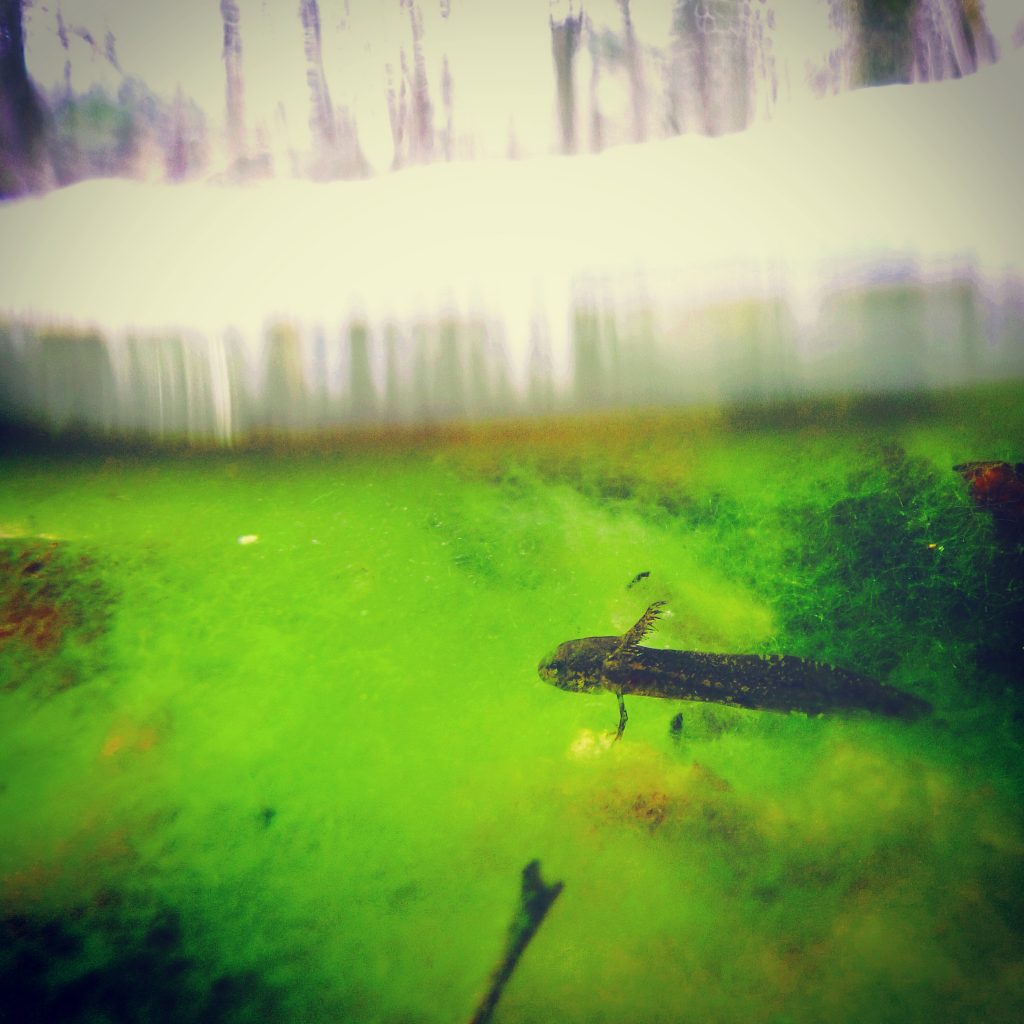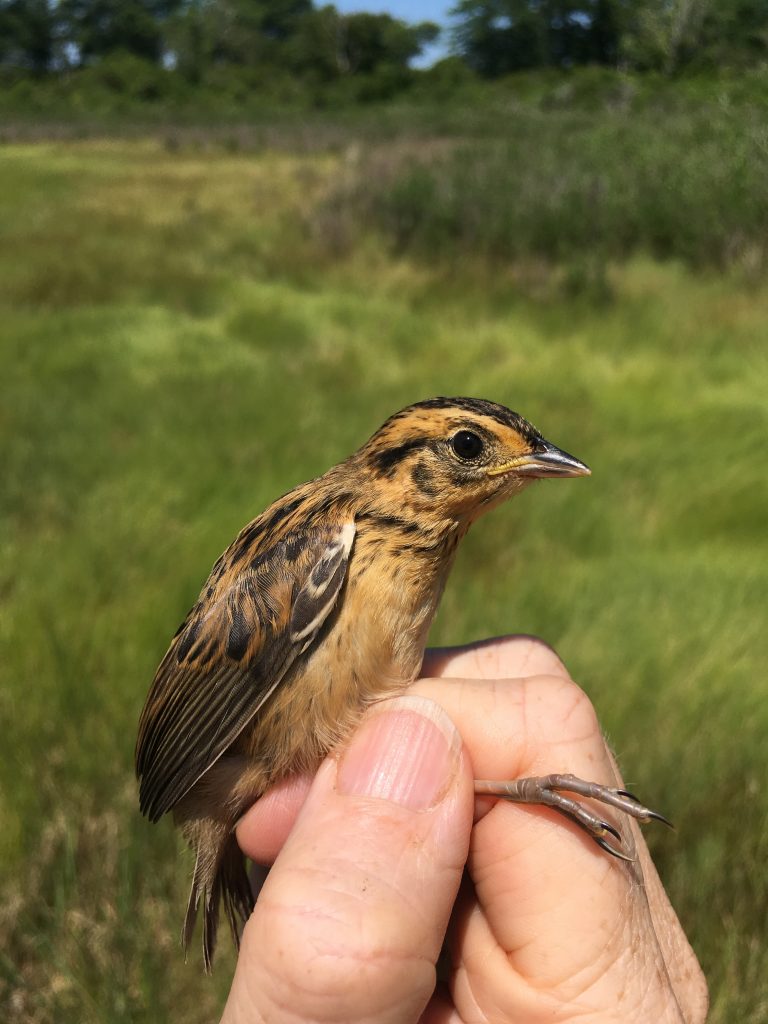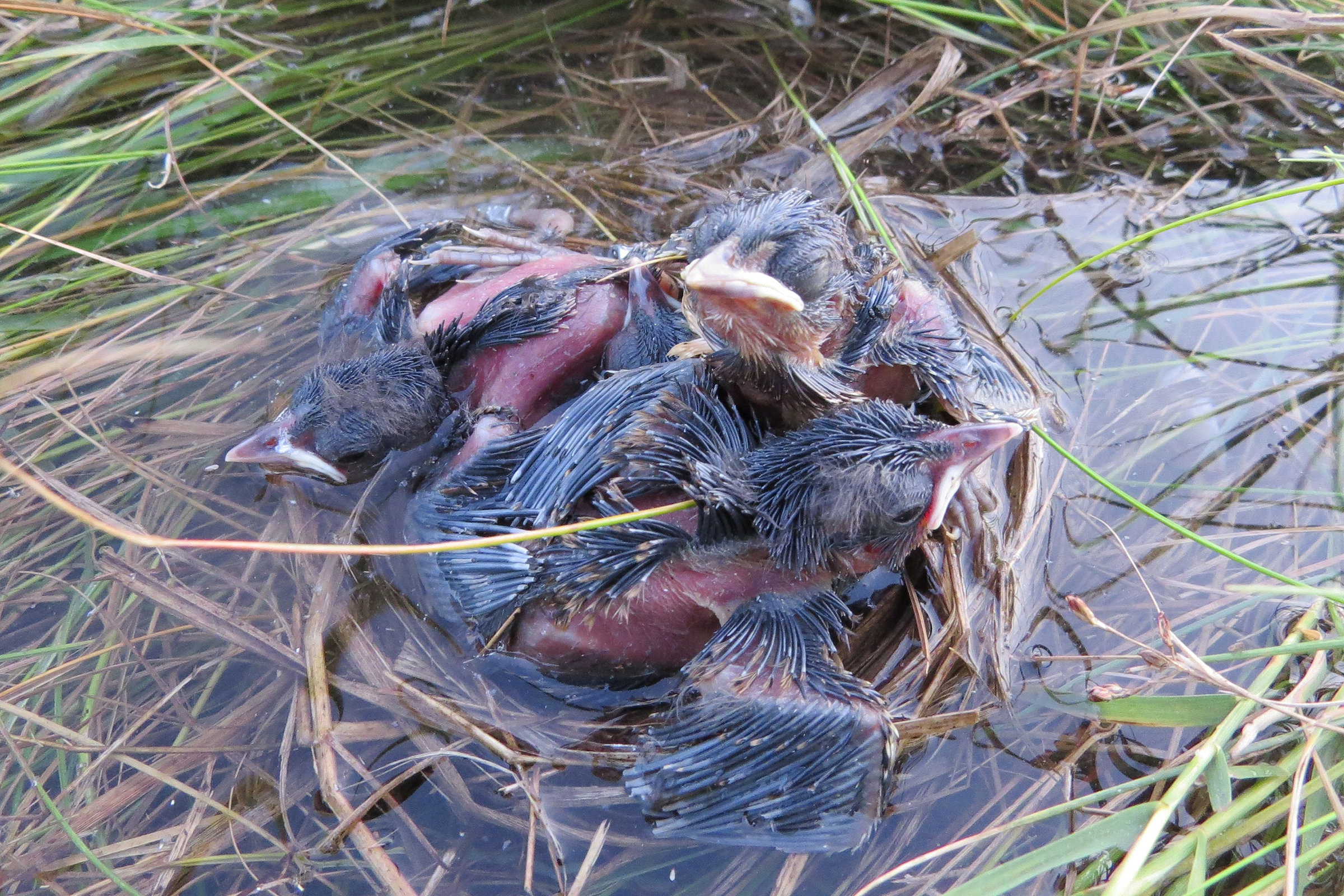When thinking about the impact of environmental change on species, certain animals in far-off places tend to come to mind: the ‘charismatic megafauna’ – such as polar bears, orangutans, and penguins, for example – that are at risk due to factors such as habitat destruction or over-hunting by humans. And yet some species actually flourish in times of change.
You need to develop and implement [conservation] strategies really far in advance. You can’t start when you only have 10 individuals of a species left. — Mark Urban
In Connecticut, two examples of such disparate species stories are the marbled salamander and the saltmarsh sparrow.
These two stories are linked by the change of a single but very important variable. While it may not sound like much, a rise in global temperatures by just a few degrees is enough to tip the scale, resulting in huge impacts on the ecosystems where these species exist. The climate in this region has changed enough to allow for predatory salamanders to completely alter pond biodiversity, and the sea level rise that accompanies climate change will likely lead to extinction of the saltmarsh sparrow within the next 40 years.
The ‘Best of Times’ for a marbled salamander
The first example involves an amphibian that associate professor of ecology and evolutionary biology Mark Urban is studying, the marbled salamander, Ambystoma opacum.

Marbled salamanders lay their eggs in ponds and vernal pools in the fall, so the hatchlings must survive generally harsh winter conditions. This timing, Urban explains, is something of a gamble but it can be an effective strategy for a predator. The young that do survive will start their growth early, and by the time warming spring temperatures signal other pond species to start breeding, the marbled salamander are the larger ‘wolves of the water.’
“These salamanders eat everything, they are the top predators of these ponds,” says Urban.
In the past, winters with longer freezes meant the marbled salamander populations were kept in check.
At that time, the only pools where the salamanders could survive were those fed by springs, where the flow of water would keep ice from forming over the whole pool, allowing for the exchange of gasses and preventing depletion of the oxygen that the salamanders rely on for survival.
But with more thawing happening in a series of less harsh winters, more and more pools can now sustain salamander populations.
Urban says when he first started studying the salamanders, around one-third of the pools he surveyed in Connecticut had them. He then pursued his postdoctoral training out-of-state, and was surprised when he returned to the survey areas just a few years later.
“When I came back, things had completely changed. The predator was in almost every pond. The entire structure of the system shifted,” he says. “This is one of the biggest changes I’ve ever witnessed.”
With their new climatic advantage, the salamanders are inhabiting more and more pools, disturbing the delicate balance within those ecosystems.
The ‘Worst of Times’ for a saltmarsh sparrow

Associate professor of ecology and evolutionary biology Chris Elphick studies the saltmarsh sparrow, a species of bird that nests in coastal marshes from Virginia up to Maine, including the Connecticut shoreline.
Saltmarsh sparrows build their nests so that they are above the typical high tide level, keeping the young safe from flooding for the 21-22 days necessary for chicks to reach maturity.
But as sea levels rise, nests are increasingly at risk of flooding, with the result that fewer and fewer offspring survive. Because of the cyclical nature of high tides, even a small amount of sea level rise can have a big impact on the survival of a nest of chicks.
The future of the saltmarsh sparrow does not look positive.
“We have data that show extinction of these birds is likely within the next 40 years, and 40 could be generous,” says Elphick. “Since the 1990s, the population has declined by nine percent each year – equivalent to a loss of three-quarters of the world population. This is an incredibly rapid rate of decline. There aren’t many species declining this fast.”
He says it’s important to take conservation measures now to try to save these birds, noting that even if all carbon-emitting activities were stopped right now, sea levels would still rise. “There’s no evidence that sea level rise is going to stop,” he says. “In fact, there’s evidence that this will speed up and get worse.”
Watch how saltmarsh sparrow eggs and chicks are affected by flooding at high tide in these infrared videos by graduate student Samantha Apgar:
Without conservation action, these birds will go from being a relatively common shoreline resident to extinct in a matter of decades. Populations of other marsh species are also declining. Another species, the black rail, has already disappeared as a breeding bird from New England.
Fortunately, there are efforts underway across the east coast to preserve the vital marsh habitats that Elphick says have been encouraging.
He says that to be effective, conservation measures should not be based on the survival of a single species, but must take into account multiple variables, including social components. Without social backing, he says, conservation efforts will not be effective.
Urban agrees that there are some good management strategies in place, but says it’s likely some species will be lost. “The problem is you need to develop and implement the strategies really far in advance,” he says. “You can’t start when you only have 10 individuals of a species left.”
The UConn Center of Biological Risk, of which Mark Urban is director and Chris Elphick co-director, focuses on extinction risk and other ecosystem changes. The mission of the center is to improve the capacity to assess, manage, and communicate biological risks of global change through research, teaching, and community outreach.
Listen to the writer, Elaina Hancock, discussing the climate change series with the UConn 360 podcast:



